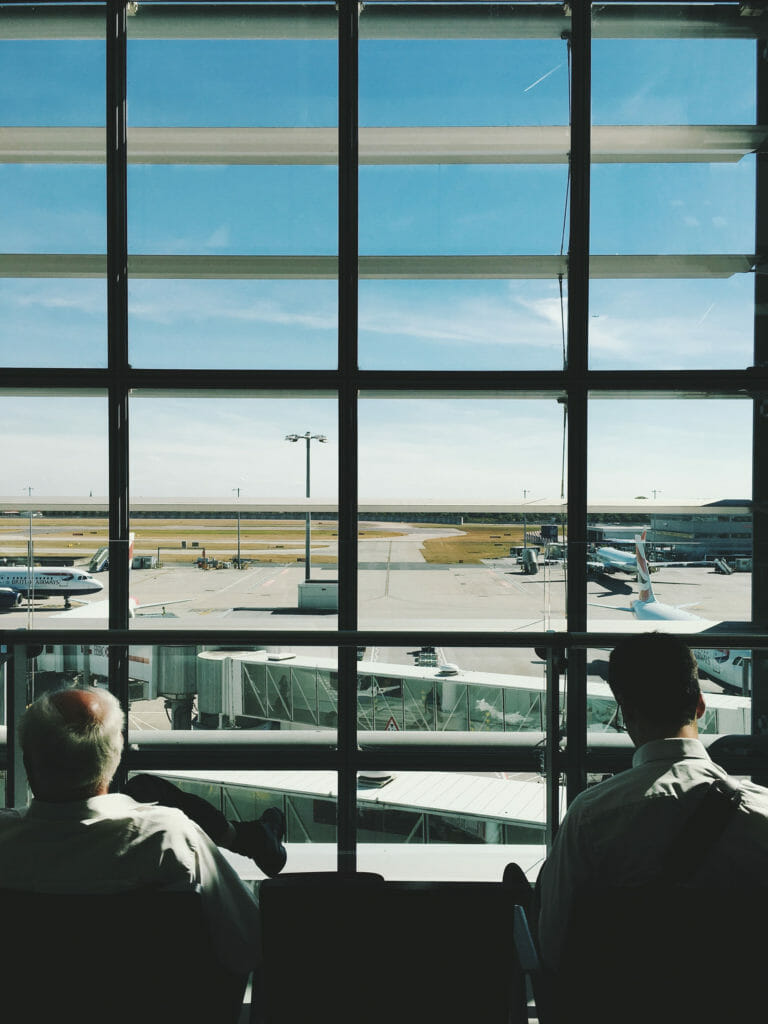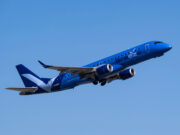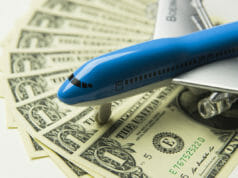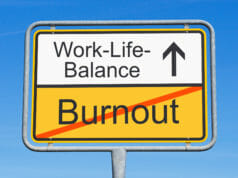
How do airlines create monthly schedules for their pilots? Major airlines sort out which flights are flown by its crews and which ones will be flown by their regional partners; then piece flights together to create trip pairings. Regional airlines, once they obtain the flights from their mainline partners, create trip pairings for its crews. This is all done congruently with FAR regulations while maintaining efficiency in order for the airline to succeed. From a pilot’s perspective, an understanding of the contract will allow him/her to optimize his/her schedule while knowing how the company may or may not modify it.
Generally, the airline’s management team will meet with the airline’s union (if said airline is unionized) to create monthly lines or trip pairings. In accomplishing this, certain regulations must be adhered to, such as the FAA rest regulations, maximum time on duty and flight hours, and the airline’s pilot contract. While the FAA rest regulations are the same across the board for airlines, the pilot contracts can vary significantly.
The simple differences will be highlighted. In creating a monthly schedule, some airlines will cap pilots to the maximum credit they can be awarded (most frequently 95 hours) while other airlines do not. Some airlines have a maximum of flight segments its pilots can fly a day (the norm being six flights), while other airlines do not. No significant differences exist in rest and max time on duty, with respect to the contract language, among all airlines. While the hard FAA minimum of rest between duty periods is ten hours, some airlines offer 11 and 12-hour rest periods for pilots at their base. While this does not seem like a great difference, a pilot living two hours away from base can net him or her a short eight hours at home or an even shorter six hours. The maximum time a pilot can be on duty is dictated by Table B of FAR Part 117, with the maximum time being 14 hours. Some airlines have a contractual max on duty time, but it generally is half an hour to an hour shorter than the FAA’s minimum.
Stand-up trips (last flight of the night to the outstation, first flight back in the morning) are very popular with the airlines attributed to the associated pay to time spent working. Airlines can either allow pilots to bid for stand-up trips or simply offer them in open time. This either allows pilots to consistently fly on the back-side of the clock all month or occasionally do so while working during “regular” hours. Airlines that provide pilots the ability to bid for a month of stand-up trips will generally make it difficult to pick up other sorts of trips because of FAA and contractual requirements for cumulative rest and on- time periods. Although seldom, there are a couple of airlines that do not have stand-up trips available to its pilots.

Pilot reserve schedules can be entirely different when compared to holding a line. The only FAR protection granted to reserve pilots is the amount of time spent on call, maximum time spent on duty with on call combined, and consecutive days a pilot can be on call (six). For reserve pilots, contract verbiage varies significantly among airlines.
Reserve pilots are always paid the minimum monthly guarantee provided for that airline, hovering around 75 hours. For some pilots, this may not be enough to pay the bills. Most airlines will allow their pilots to pick up flying on off-days, thereby increasing their pay (flight hours picked up on off-days are usually paid on top of the monthly guarantee), while a few airlines only allow this when staffing levels are critical and premium pay is provided.
There are two different reserve call-out periods in aviation, with not many differences existing between them: short call reserves and long call reserves. Short call is a two-hour call out period (with one airline allowing a three-hour call out period for busy metropolitan cities like New York City and Los Angeles). Long call is almost always a 12-hour call out period. Airline contracts vary in how many times the company can convert a long call pilot to short call per month, with the minimum being two blocks of reserve days and maximum being four blocks of days, essentially the whole month at that point.
Picking up flying on reserve is probably the most vital clause for pilots since it will dictate if commuters sleep another night in the crashpad or not. Some airlines grant a dedicated aggressive pick-up window to pick up flying. This window has extreme variances given the airline, but for the most part lasts between one to four hours. Some airlines grant pilots a first-come-first served premise during the aggressive pick-up window while other airlines total all the requests and assign trips in seniority order. Some airlines will then allow trips assigned to reserve pilots to be picked up by lineholders until a certain period before trip origination. On the other hand, some airlines allow the reserve pilots to lock in the trip with no chance of losing the trip to a lineholder.
Without a doubt, a pilot’s schedule will affect quality of life. Many factors dictate how a pilot’s schedule is constructed from the company and union’s ends. Furthermore, the airline’s contract will dictate tolerances for rest provided, maximum time on duty, and overall rules. There is no perfect contract out there, but many good work rules exist from one company to the next. The key is understanding the contract and knowing what scheduling can and cannot do to a pilot on the line.























































Such a wonderful post! Above mentioned tips are really working tips.
Thank you so much for your valuable tips. I love these tips will definitely help.